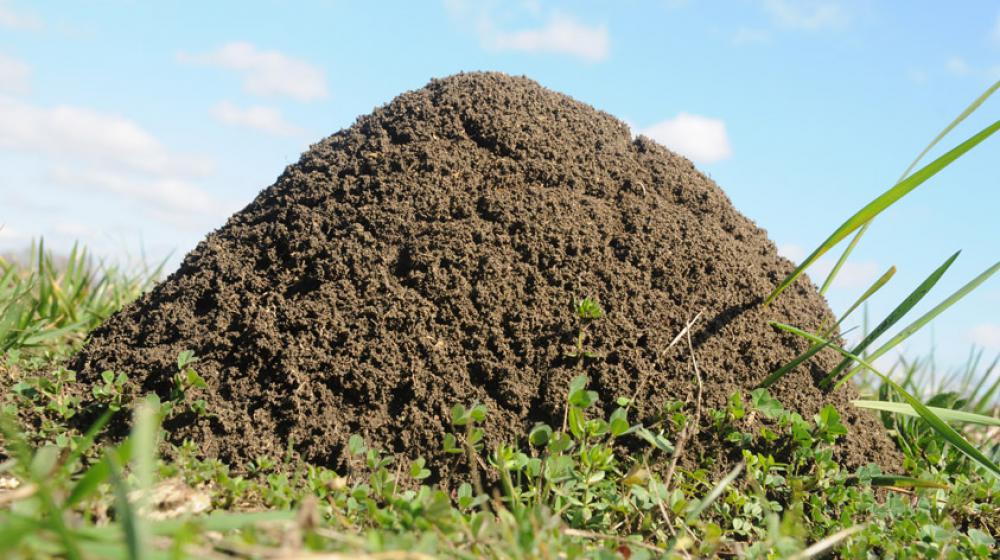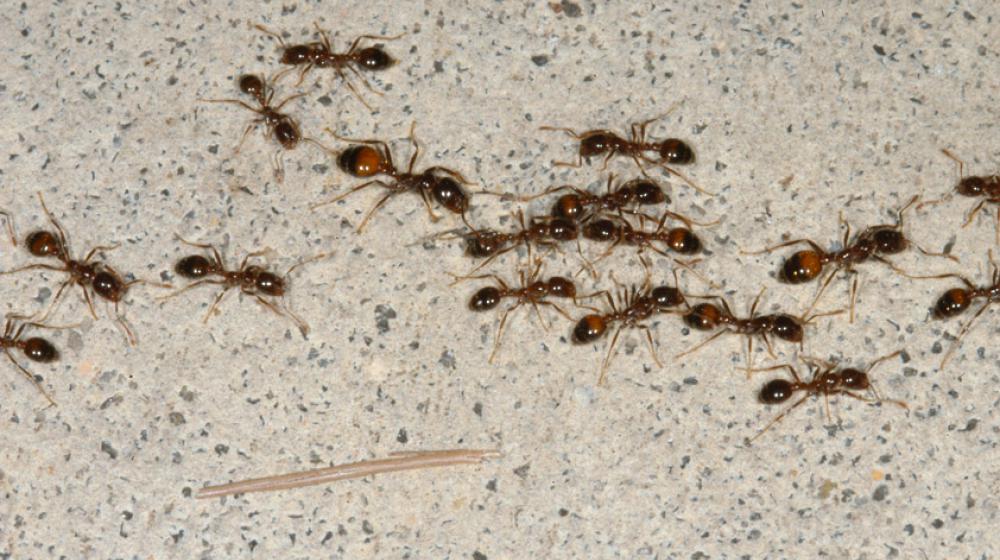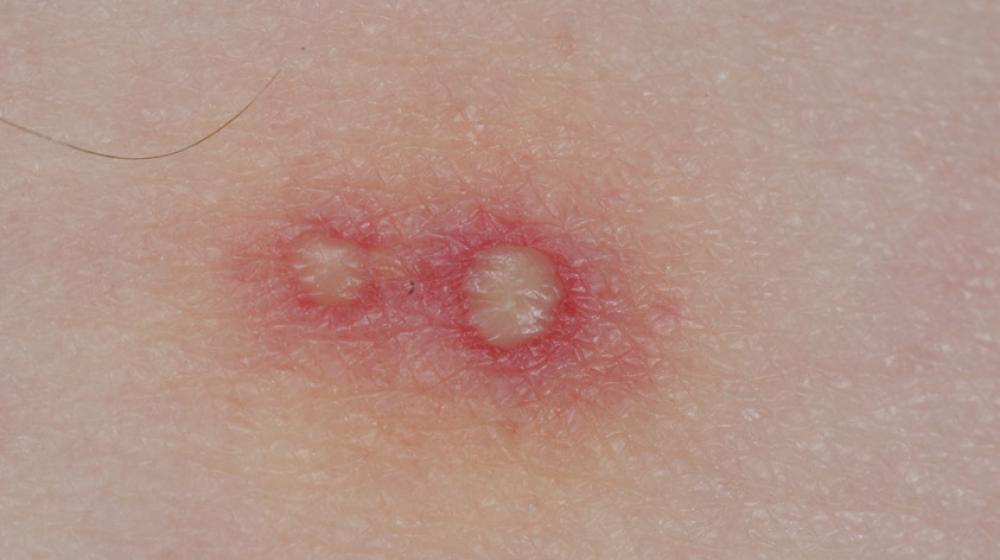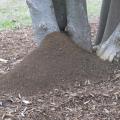Fire Ants
One of the cheapest, easiest, safest, and most effective ways to control fire ants in home lawns is to use a combination of granular fire ant baits and direct mound treatments. This is often called the two step method of fire ant control.
- Apply granular baits two to four times per year by using a handheld seeder to spread the bait over the entire yard. Don’t put these granules on top of the mounds; don’t even wait until you see mounds. Just put the bait out. Use the holidays: Easter, Independence Day, and Labor Day as reminders that it is time to apply fire ant bait. Baits are slow-acting, but when used preventively, they will control most colonies before they grow into large, visible mounds.
- Keep a can of one of the dry fire ant mound treatments on hand to spot treat large mounds that the bait treatments miss. Treatments containing acephate work fastest and best, but acephate does smell bad. Treatments containing deltamethrin or cyfluthrin don’t smell bad, but they are also somewhat less effective and slower-acting.
This web site is divided into sub-sections that focus on different aspects of fire ants and fire ant control. It begins with an introduction and brief overview that discusses when these non-native pests first arrived in the country and their current distribution. Then there are sections on “How to Control Fire Ants” and “Tips on Using Fire Ant Baits Successfully. If you just want to know the best ways to control fire ants, these are the best places to start. Other helpful topics include “Fire Ant Biology”, “Fire Ant Facts”, and “Fire Ant Sting.
Where do you want to control fire ants? Is it in your home lawn, in your home vegetable garden, in a pasture for dairy cows, an athletic field, a park, a cemetery or some other setting? Although the general approach to fire ant control is similar in all cases, treatments and methods for fire ant control vary subtly, but importantly depending on the specific situation. Be sure to see the sub-sections that focus on the specific situation(s) in which you need to control fire ants. Finally, just for fun, check out the Fire Ant Blues music video.
Fire Ant Basics
- Introduction to Fire Ants
- How to Control Fire Ants
- Tips on Using Fire Ant Baits Successfully
- Fire Ant Facts
- Fire Ant Biology
- Fire Ant Sting
- Ants (Formicidae of the Southeastern United States) This is a technical site on ant identification, including fire ant species.)
- Fire Ant Blues music video
Fire Ant Specifics
Where do you need to control fire ants?
- Fire Ants in Home Lawns
- Fire Ants in Home Vegetable Gardens
- Organic Fire Ant Control
- Indoor Fire Ant Invasions
- Fire Ants in Pastures, Hayfields and Barnyards
- Fire Ants in Commercial Fruits, Nuts and Vegetables
- Fire Ants in Commercial Turf (golf courses, sports fields, commercial landscapes, cemeteries)
- Fire Ants in Commercial Sod and Nursery Stock
More Information
- Control Fire Ants
- Tips on Using Fire Ant Baits Successfully
- Fire Ant Facts
- Fire Ant Biology
- Fire Ant Sting
- Ants (Formicidae) of the Southeastern United States (This is a technical site on ant identification, including fire ant species)
Key Publications
- Publication Number: P2429 Control Fire Ants in Your Yard
- Publication Number: P2494 Control Fire Ants in Commercial Fruits, Nuts, and Vegetables
- Publication Number: P2493 Control Fire Ants in Pastures, Hayfields, and Barnyards
- Publication Number: P2733 Imported Fire Ant-Free Hay Certification in Mississippi
- Publication Number 2443 Control Household Insect Pests
- See page 10 for information on other species of small home-invading ants.
- See page 16 for information on carpenter ants.
- Publication Number 2407 Control of Argentine Ants and Odorous House Ants in the Home
Contact
Dr. Blake Layton, Extension Entomology Specialist
Department of Biochemistry, Molecular Biology, Entomology and Plant Pathology
Mississippi State University Extension Service
Phone: (662) 325-2085
Email: [email protected]
Publications
News
Sunshine and long days make summertime in the South desirable for people, but those same conditions are exactly what allows the dreaded, imported fire ants to thrive.
Almost any sunny, grassy area left unattended will soon be home to fire ants. Fire ants were accidentally imported from South America to Mobile in the 1930s and have since spread throughout the Southeast.







